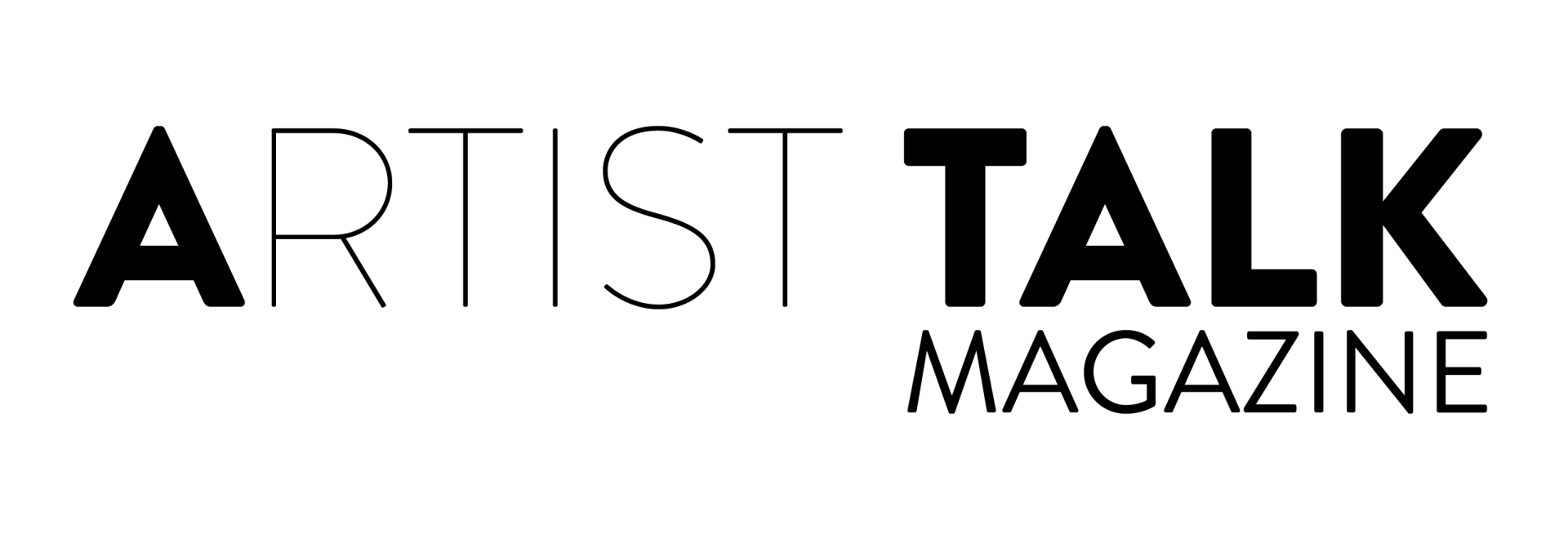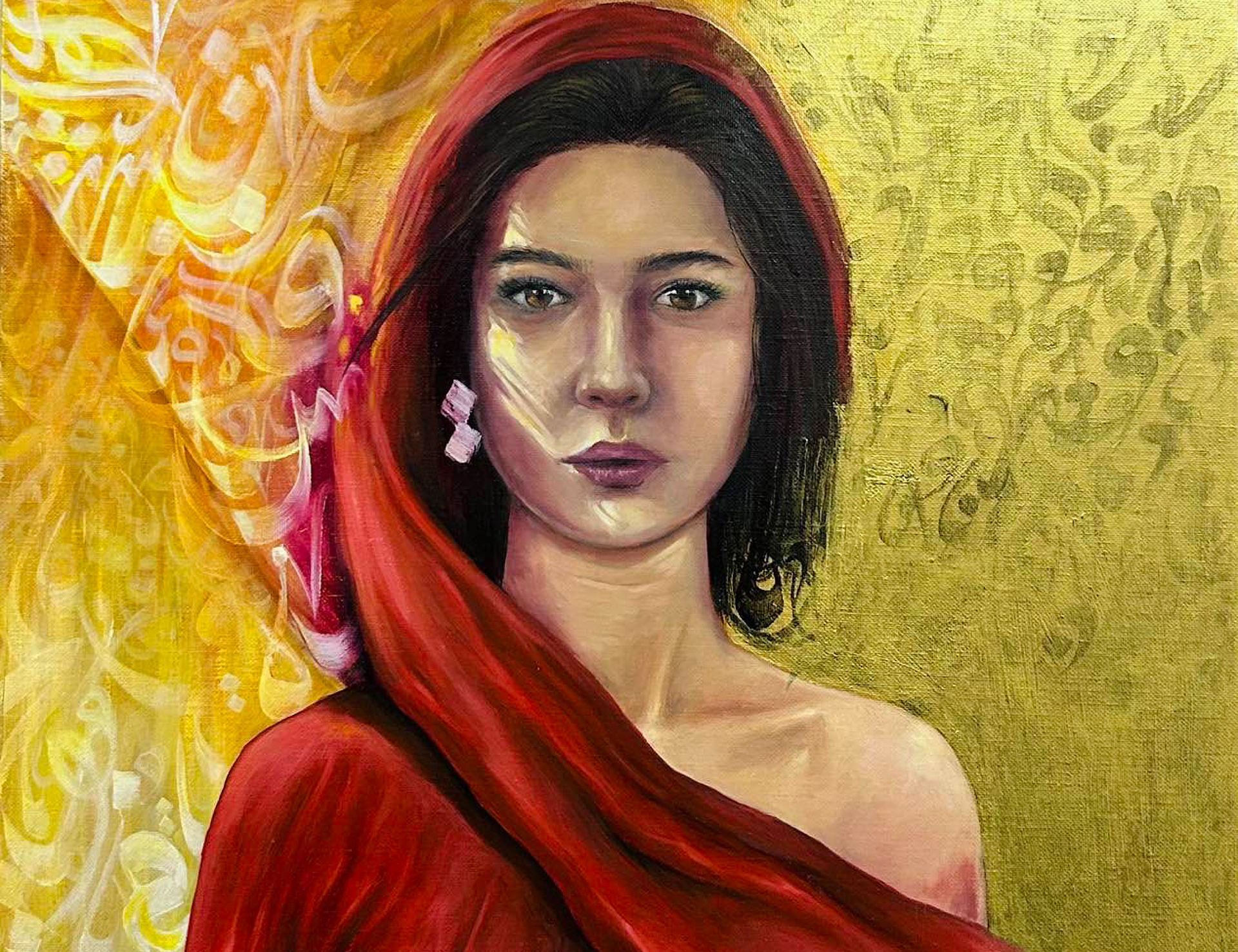Callington School of Art
Callington School of Art • 3 September 2024
Callington School of Art - available for purchase
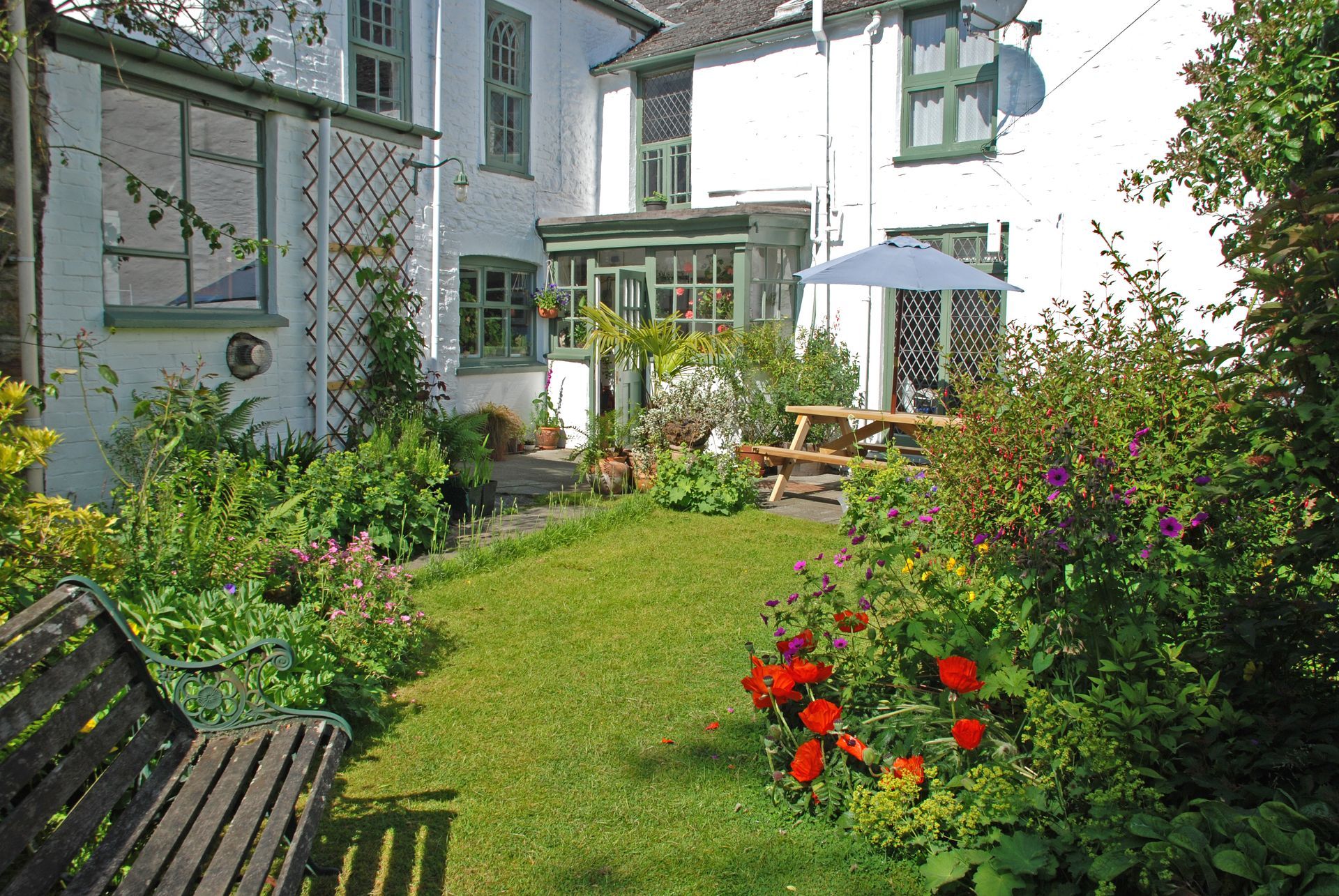
Eighteen years ago, my husband and I made the life-changing decision to relocate from Oxford to Cornwall to establish our own art school. We acquired a generous Georgian townhouse complemented by a two-storey stone coach house, encircled on three sides by a beautiful walled garden. Starting from the ground up, we have developed Callington School of Art over the years, which ‘Artists and Illustrators’ magazine recognized as ‘one of the country’s leading residential art schools.’ As a practicing artist, I am proud to have a studio that draws admiration from all who visit.
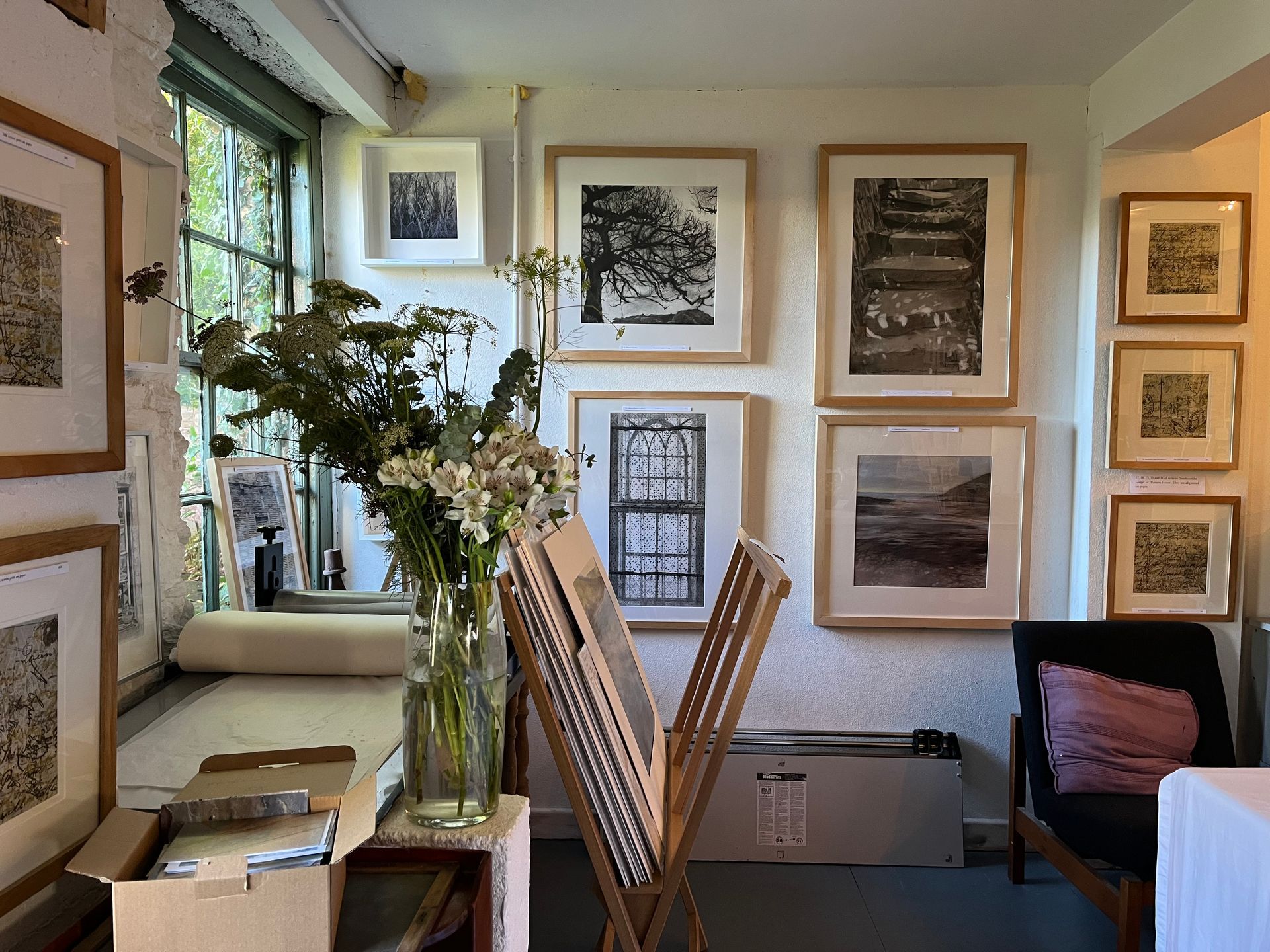
We attract people from all walks of life and from all over the world to work in this wonderful setting of Cornwall. We are based in the Tamar Valley an ‘Area of Outstanding Natural Beauty’ within easy reach of both north and south coasts, both Dartmoor and Bodmin Moor and of course the Tamar Valley itself. We are also close to Cotehele, a National Trust medieval estate which is popular with art guests. It is set on the escarpment overlooking the river Tamar and is very atmospheric.
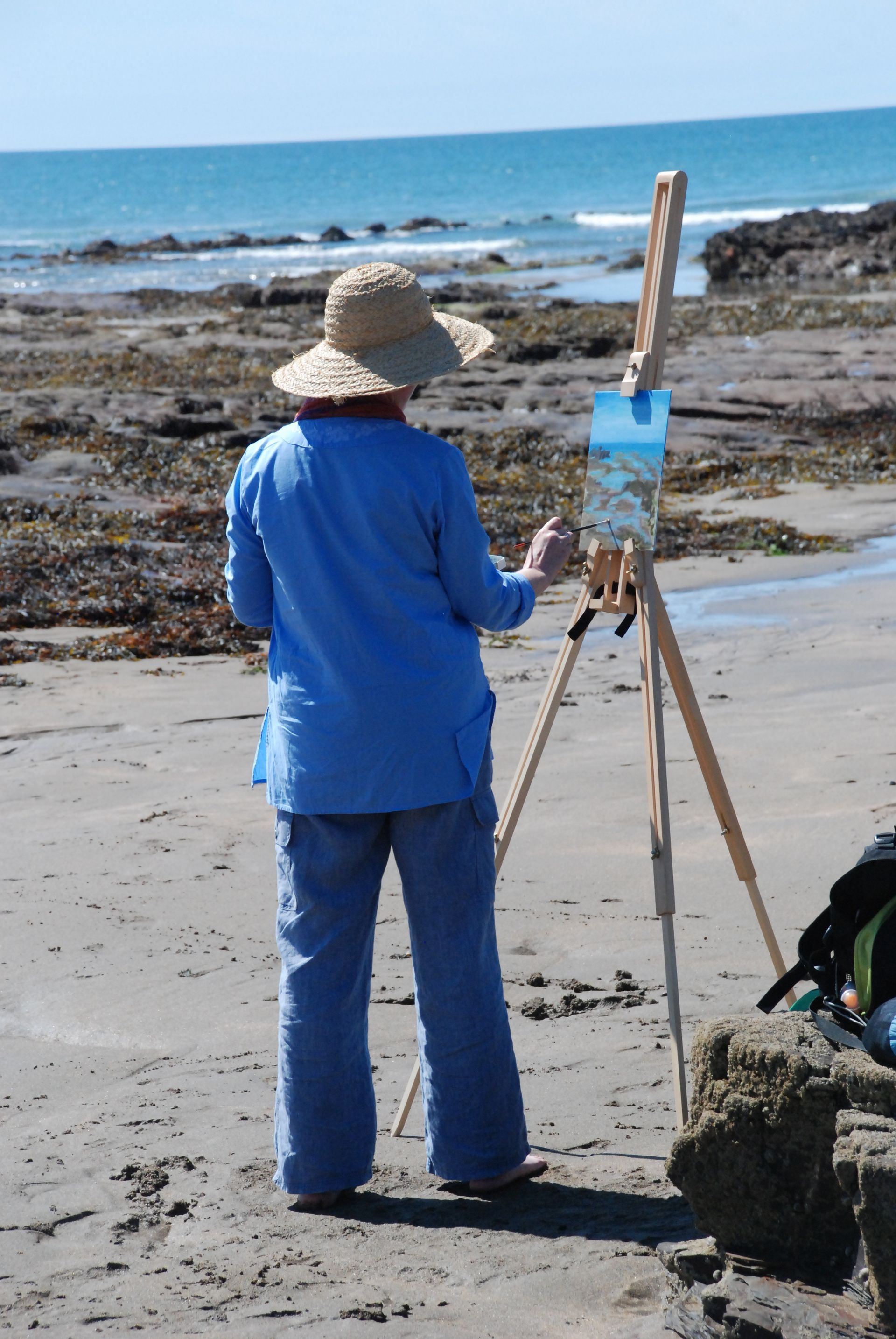
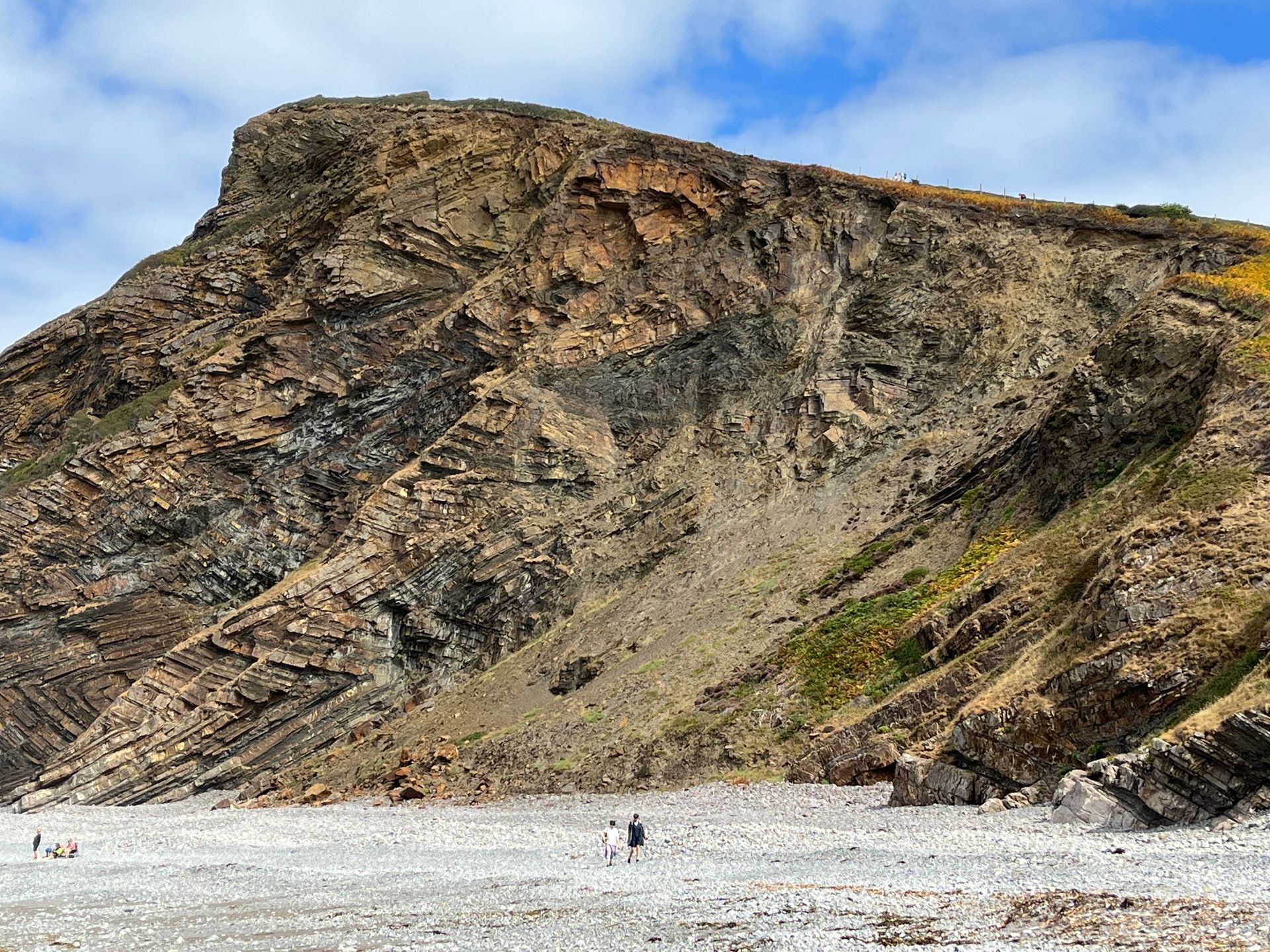
Art guests come either for a six day or a three day residential course, both of which include full board. We run life drawing days and other one day courses for local artists. We also run printmaking workshops using our large flat bed press and also photographic silk screen printing using our dark room. We chose to take small numbers, up to six, so tuition is generally individual although we have many lively group discussions.
The courses are very adaptable and relaxed, once described by one of our guests as, like a house party, all eating together and exchanging ideas and thoughts at the end of the day.
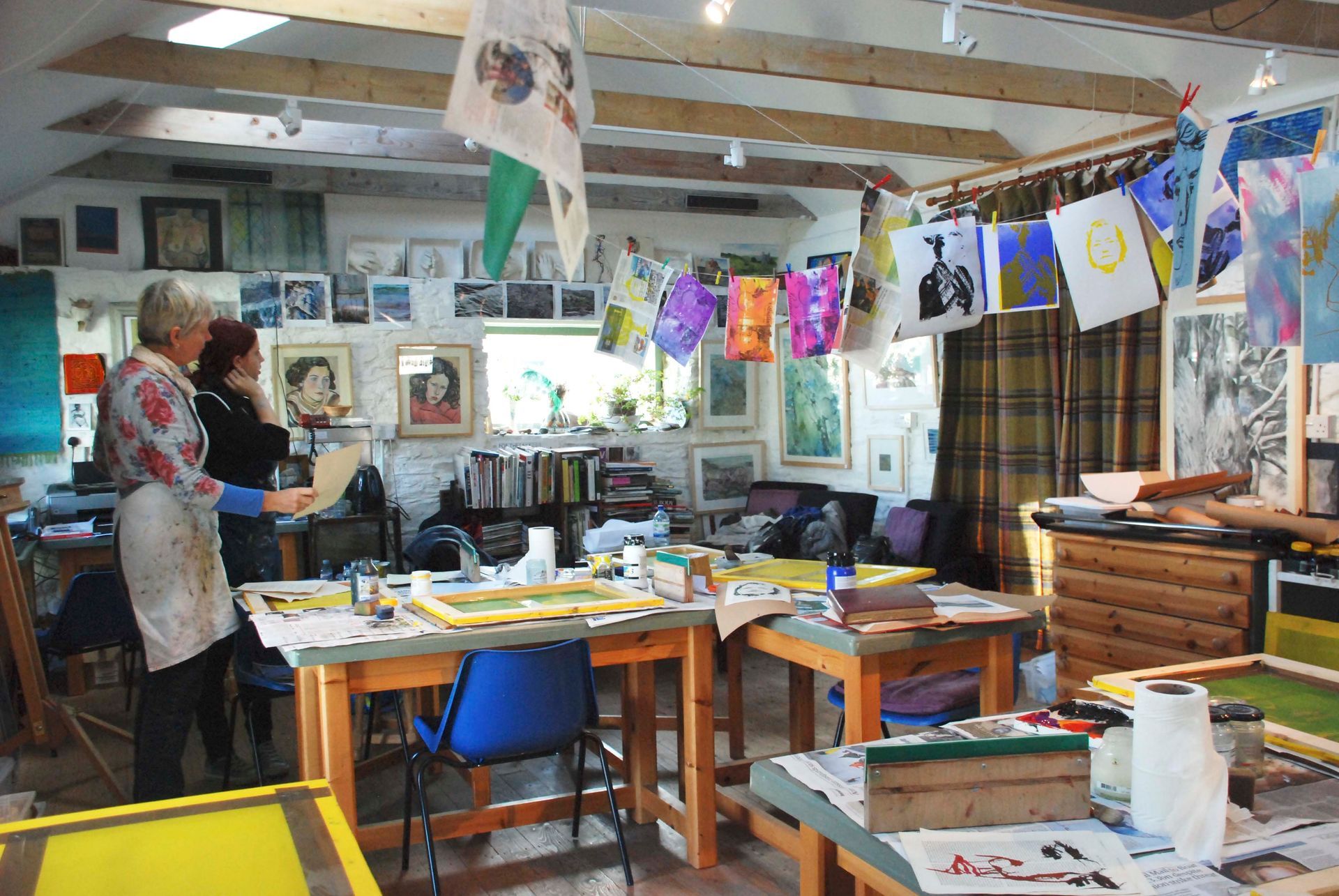
As we approach retirement, we find ourselves reflecting on our journey, and we sincerely hope that there is an aspiring artist out there who would be thrilled to take the reins of the school. It brings us great joy to imagine someone ready to embrace a different lifestyle in the beautiful surroundings of Cornwall, much like we did all those years ago when we first embarked on this adventure.
If you resonate with this vision and wish to connect with us, please feel free to reach out through our website at www.callingtonartschool.com or send us an email at info@callingtonartschool.com. We would love to hear from you!
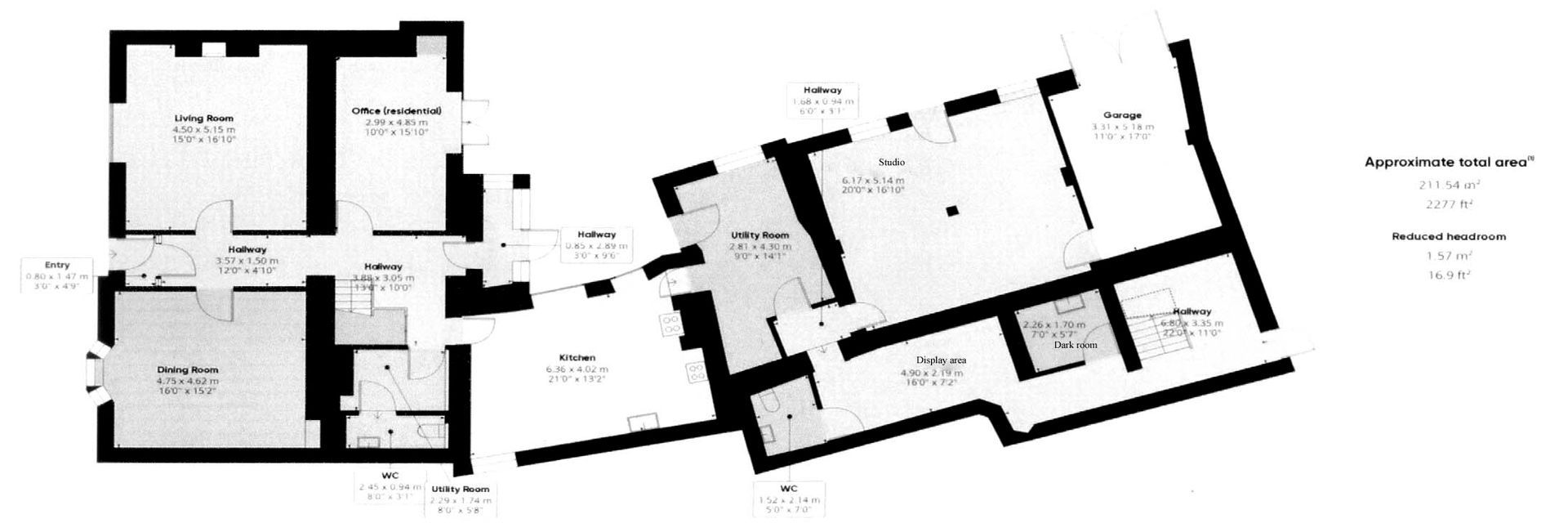
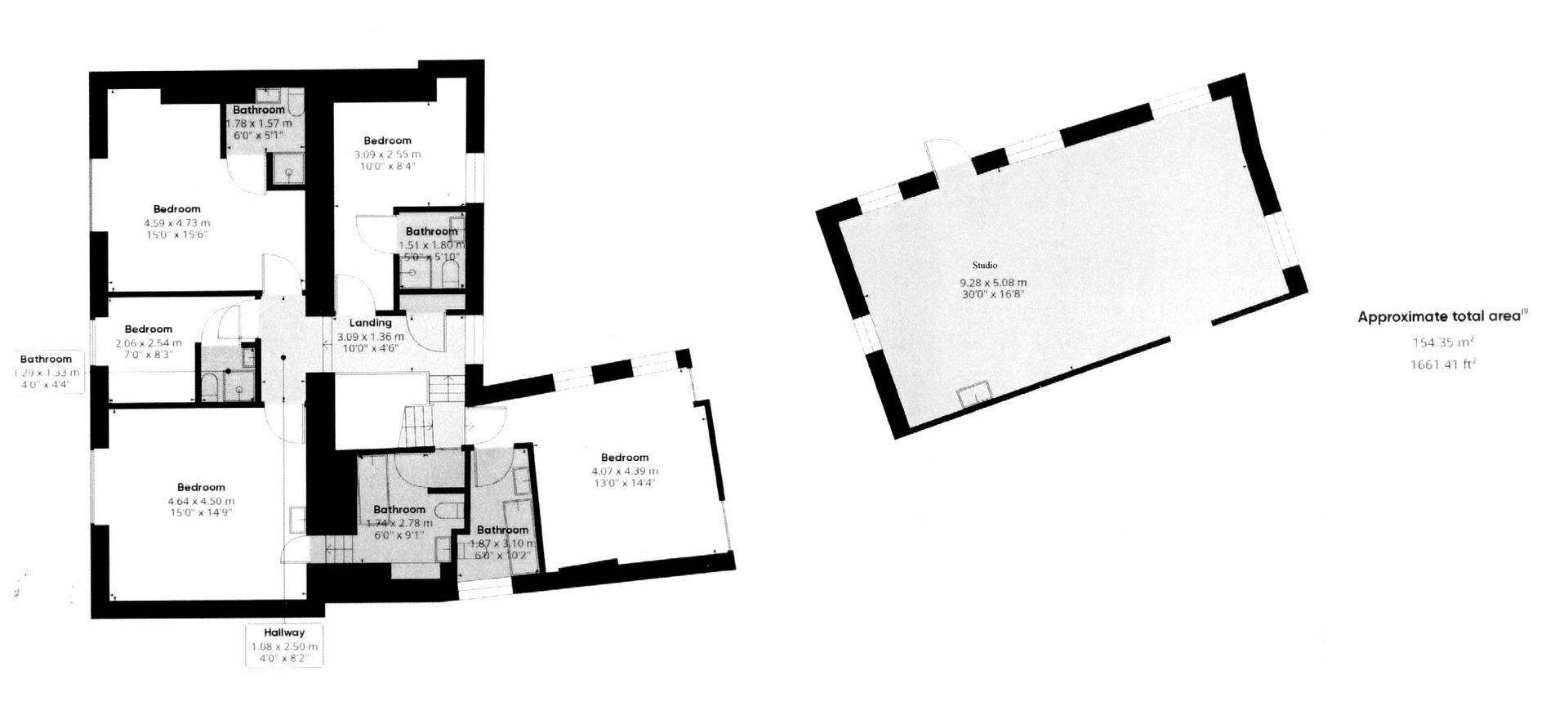

Artist Wen-Ying Yang (Jonah Yang), a cutting-edge Taiwanese Contemporary Artist residing in London, United Kingdom. He graduated from Kingston University London with a Master's degree in Art & Space. He has exhibited his artworks in numerous galleries and non-commercial spaces in the UK and internationally. His original large oil paintings "Starry Sky Series" caught the attention of a Chinese art direction team, leading to an invitation to reveal his paintings and create on-site in Ningbo, Zhejiang, China. As a result, His artworks have appeared and been featured on multinational art platforms in China, Singapore, Malaysia, Thailand, and Vietnam, showcasing his dedication and creative energy on a global stage.
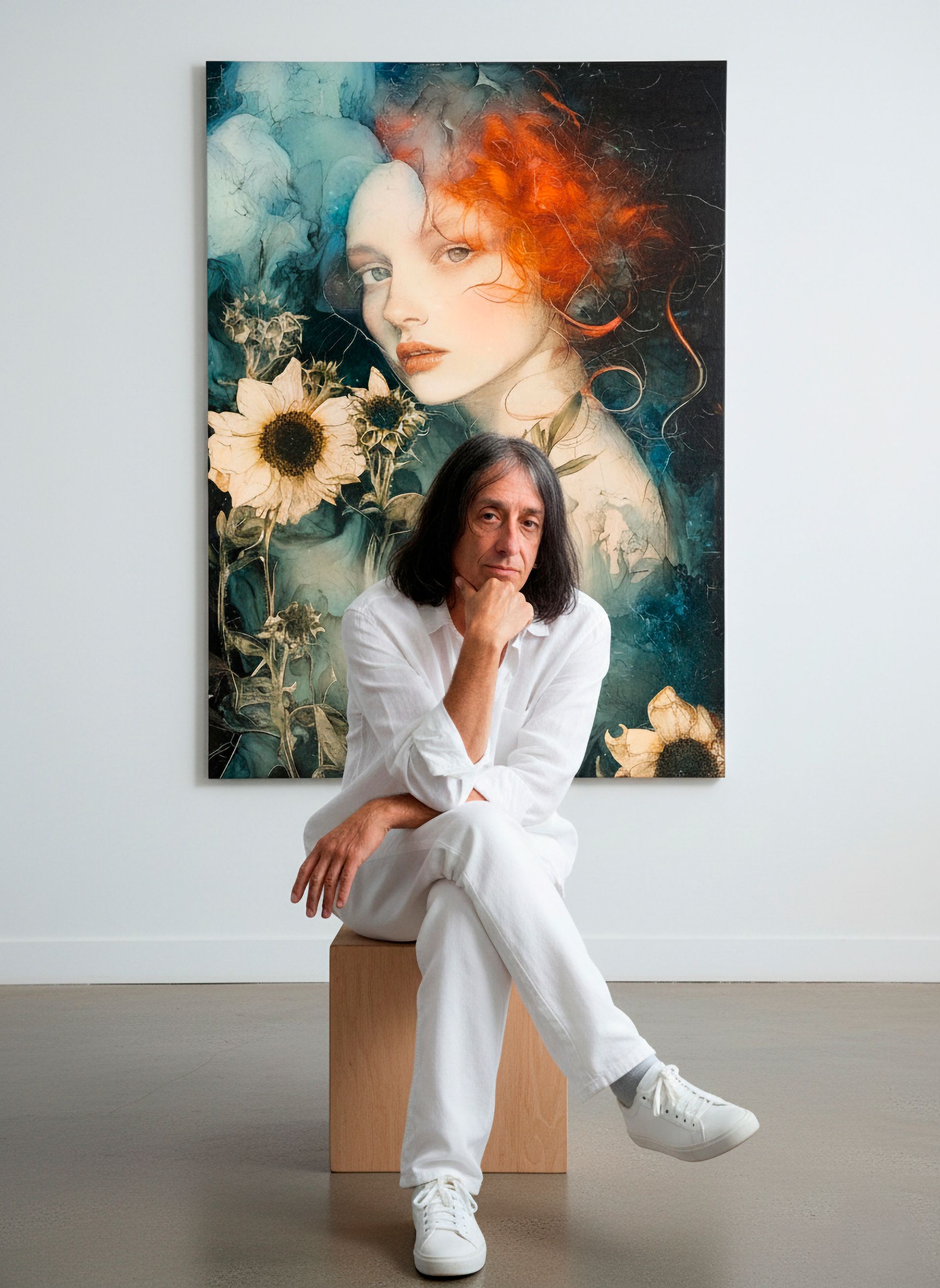
Daniel Varela is a talented Argentine visual artist and fine art photographer who immerses himself in a universe of creativity through visual expression. His passion for art and photography drives him to explore new perspectives and innovative approaches, with the purpose of capturing beauty in all its fullness. With a dynamic spirit and a forward-thinking vision, he has ventured into contemporary art inspired by new digital processes. Through the use of advanced technologies, he has created unique and captivating works that challenge the boundaries of creativity. His artistic production has become a source of inspiration for other creators and photography enthusiasts, establishing a valuable contribution to the world of art and culture.

London-based moving image artist and photographer Tianyun Zhao (Yano) creates works that drift between stillness and transformation, where memory becomes light and time turns tactile. Her practice navigates the intersections of image, perception, and identity, revealing how the digital age reshapes our sense of the self and the spaces we inhabit. Drawing from Eastern philosophy and the rhythms of urban life, Zhao constructs visual worlds that exist between reality and imagination — contemplative yet quietly rebellious. Through the fusion of lens-based imagery, AI-generated fragments, and fashion-inflected aesthetics, she invites viewers into atmospheres where emotion and technology merge in a delicate equilibrium. “I see my work as a dialogue between the visible and the invisible — a meditation on how we remember, and how we are remembered,” Zhao reflects. Expanding the Language of Moving Image Zhao’s practice has been presented internationally across galleries, festivals, and digital platforms. Her recent exhibitions include Field of Clarity at Photofusion Gallery (London, 2025), Broken Silence at Summerhall – In Vitro Gallery (Edinburgh, 2025), The Green Grammar Exhibition at art’otel Hoxton Gallery (London, 2025), and Fragments of the Past, Futures Unfolding at Normanou 3 (Athens, 2025). She also participated in Video Edition ArtIn as part of The Wrong Biennale (London, 2025), a globally recognised platform for digital and post-internet art. Zhao’s work has appeared in publications such as Artist Talk Magazine (Issue 39, 2025) and Viridine Literary Issue 03 (UK, 2025), reflecting her expanding presence in both gallery and online contexts.
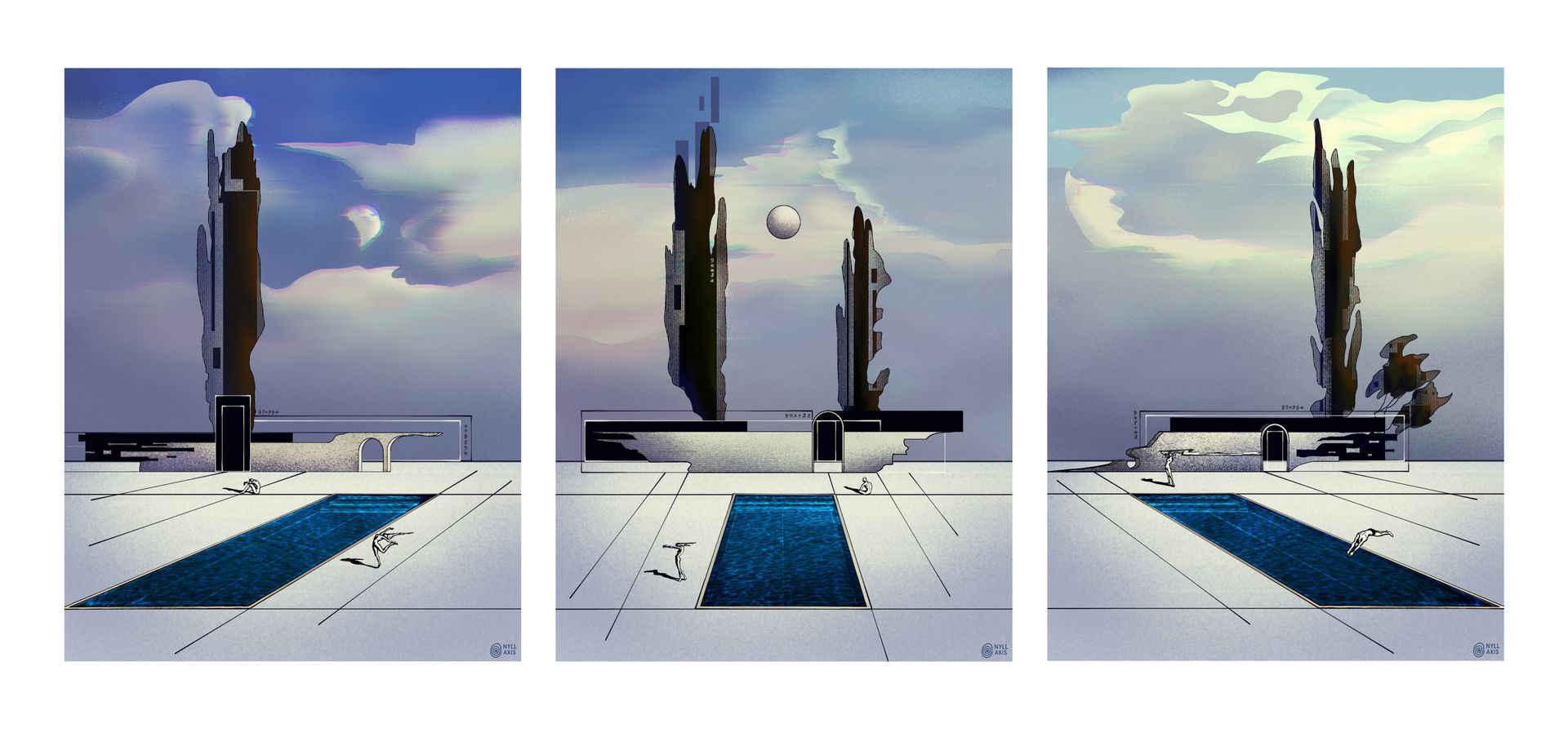
Nyll Axis is the pseudonym of an artist who prefers to remain incognito. His paintings emerge as nameless presences moving through shifting layers of perception. There are no stories, no time — only appearances and disappearances. What remains are abstract glyphs with the illusion of meaning: thresholds, lines, dissolving architectures. These are not narratives but signals, pointing beyond knowledge toward the vanishing wall of the self.
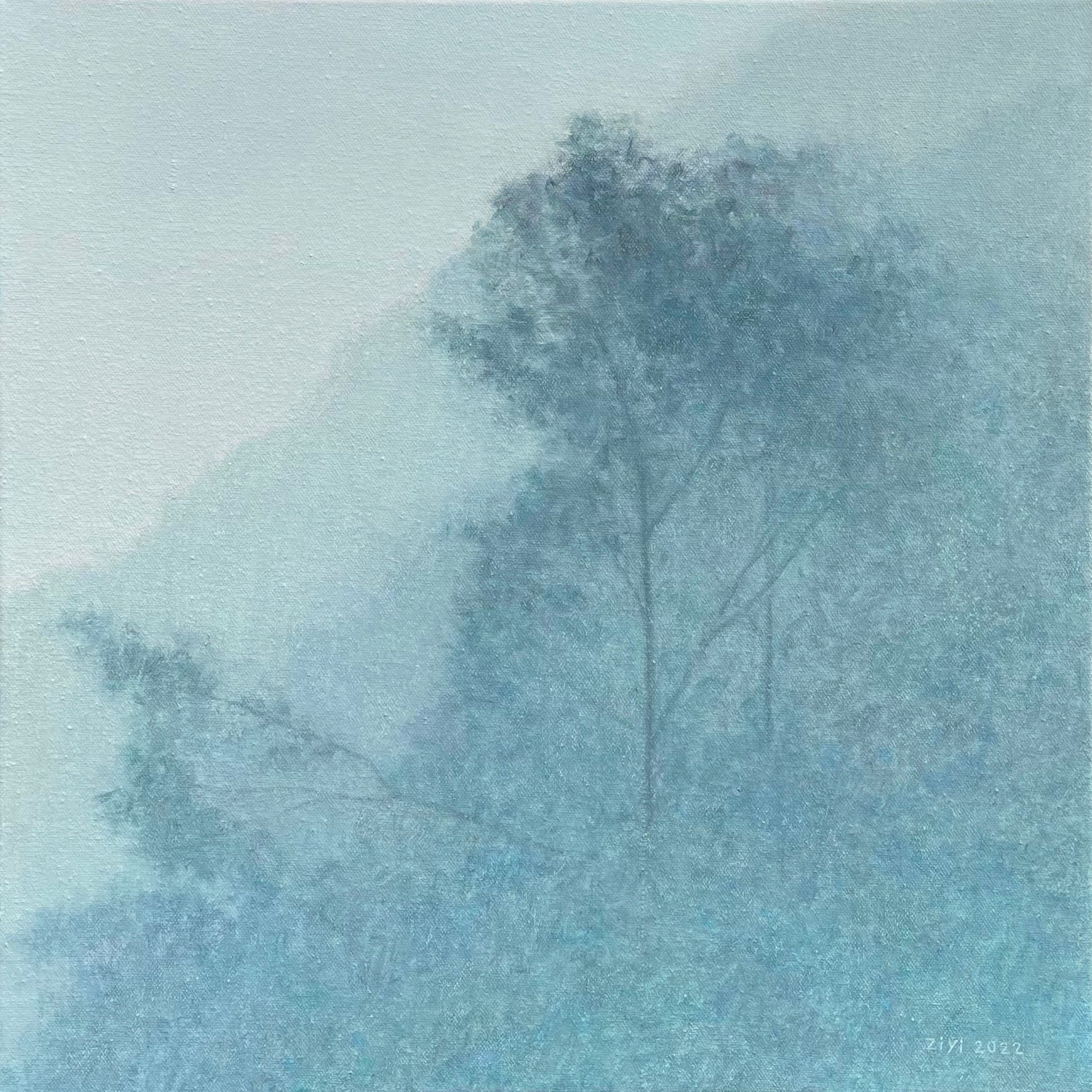
Ziyi Huang is a Chinese oil painting artist. His recent works are mainly landscapes inspired by his travels. He received Bachelor's and Master's degrees from China Academy of Art, where he is now studying for a Doctoral degree. He participated in an artist residency at Cité Internationale des Arts in Paris, France from 2018-2019, and studied at Maryland Institute College of Art in Baltimore, USA as an international exchange student in 2024. His paintings have been exhibited in China, Japan, France, UK, Canada, Italy and Latvia, and he has held solo exhibitions in Hangzhou and Xiamen, China. He is a member of the Federation of Canadian Artists (FCA), International Council of Visual Arts (ICVA), 90' Creative Art Society, Zhejiang Artists Association and Zhejiang Association of Oil Painters.

Daniel Agra is Spanish artist of abstract and fine art photography. In the artistic field his work is defined as subjective, experimental and conceptual expressionist visual poetry, with a profound imaginative capacity and endowed with strong intuition. Defined by a resounding individual and experimental personal mark that allows him to mentally project a great deal of his compositions with a language and style full of symbolism. The defined perception and emotional depth of his work should be highlighted reflecting his interest in the subconscious, abandoned methods, dialogues and conventional and traditional photographic narratives which transcend their state to be symbolised in a deep analysis, to be recreated into a poetic frontier between the material and the spiritual, between man and the environments he inhabits, distinctive elements that emphasise the communicative character in his allegorical symbology and relative to the inner world, raising it to levels of evocative spirituality in transcendental and vindictive themes, on the existential importance of the individual in his creative freedom, a personal form of contemporary expression that does not bow to the established norms, an archetype through a vocabulary with meticulously selected images and iconographies. Over time, his works have achieved wide appreciation, recognition and international dissemination. The more than 50 awards and international honour mentions of photography that he has achieved during his career should be emphasised, he has shown his work and participated in exhibitions across various countries, as well as published in assorted media and international art guides. His work can be found in national and international museums, foundations and private art and photography collections.
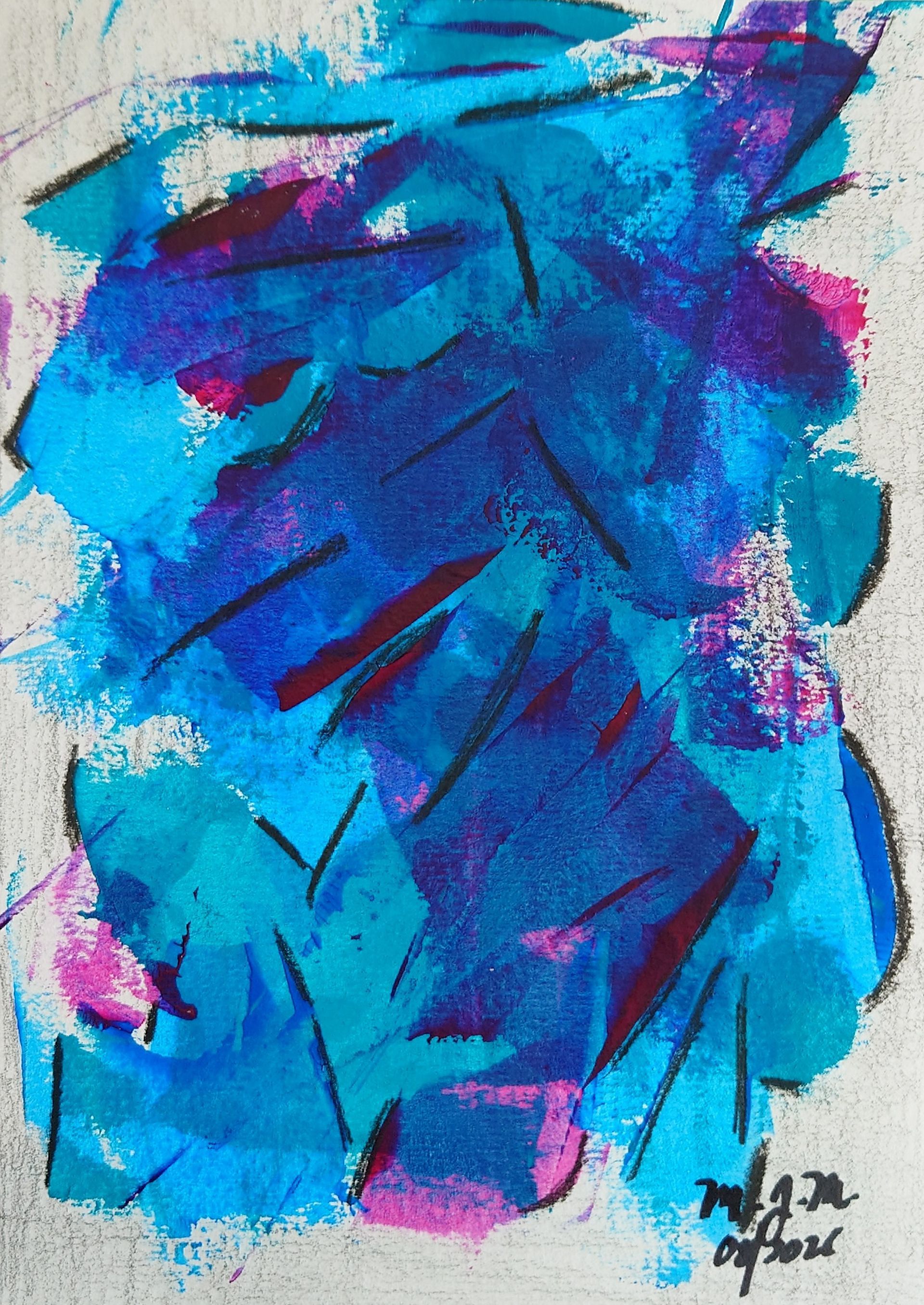
This ten-piece body of work, created on fine art paper (21 x 14.5 cm), explores the emotional and societal tensions that shape our collective experience. Using acrylics, graphite, and charcoal pencils, each painting captures dynamic movement through vibrant palettes—juxtaposing warm and cool tones to evoke contrast and conflict. Black graphite and charcoal lines cut through the compositions like fractures, symbolizing resistance, boundaries, and the desire to break free from imposed limitations. The negative space, softly blended with graphite, adds depth and quiet intensity, while ghost markings—my signature underpainting technique—linger beneath the surface, hinting at unseen histories and layered emotions. These subtle traces speak to the persistence of memory and identity, even when obscured.
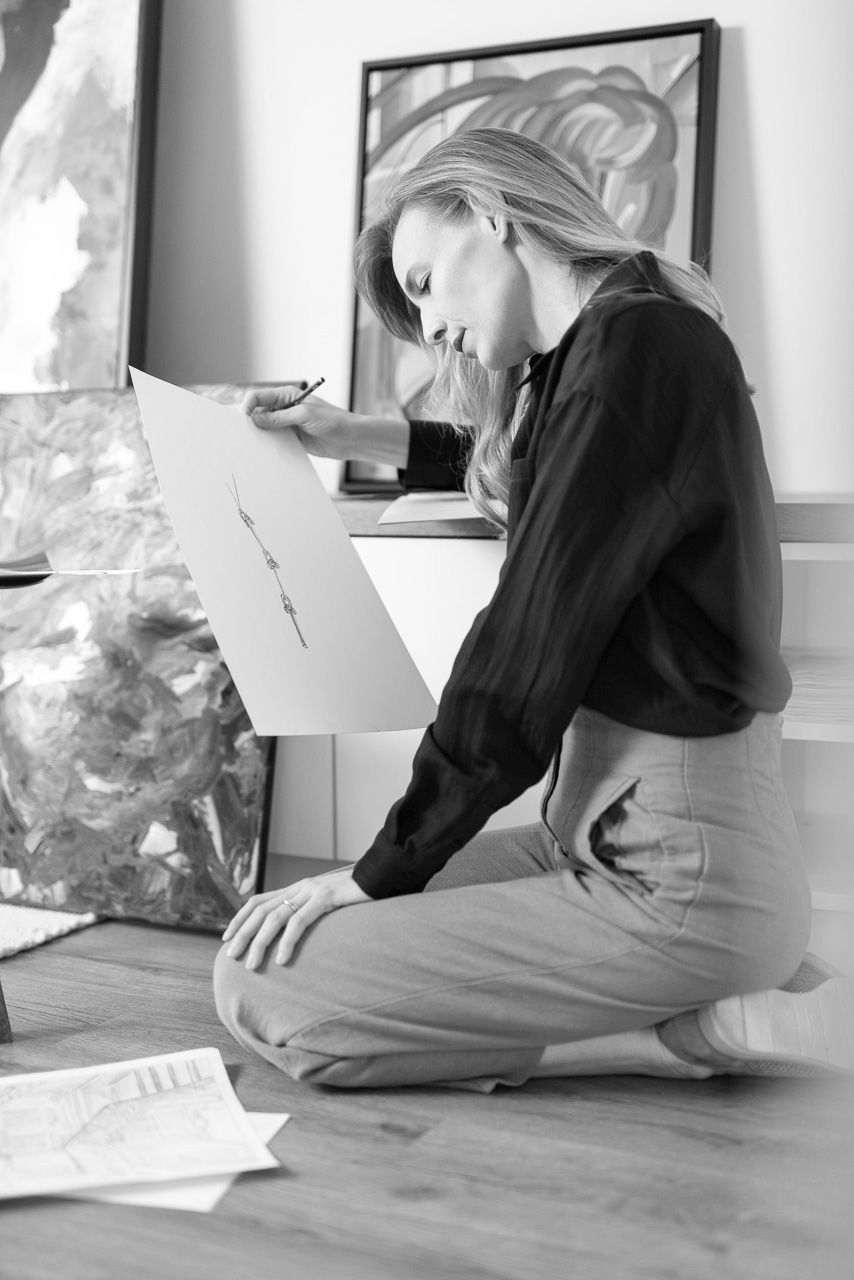
Victoria Moses: Grand Era Victoria Moses, born in Hamburg, Germany, in 1990, is a student at the Art Academy Hamburg, where she engages with diverse artistic media, including painting, sculpture, and digital art. Her work is characterized by a profound exploration of perception and identity search, focusing on the relationships individuals establish within society. Through her use of both vivid, figurative oil paintings and monochromatic charcoal drawings, she examines how people integrate or distance themselves in various social contexts, adopting different roles that shape their self-expression and interactions. Her latest series, Grand Era, is deeply influenced by her experience working on an ocean liner - an enduring symbol of intercontinental connection as it was in the early 20th century. Within this series, Moses portrays individuals navigating multiple societal roles, shifting fluidly between personal and professional identities. A single person may simultaneously function as a professional, a family member, a friend, and a community participant, with each role reflecting distinct expectations and responsibilities dictated by their environment. Through these themes, Moses explores the complexities of human adaptability and the intricate balance required to meet the demands of social existence. Her art contributes to broader discussions on identity, social roles, and the evolving nature of interpersonal relationships.
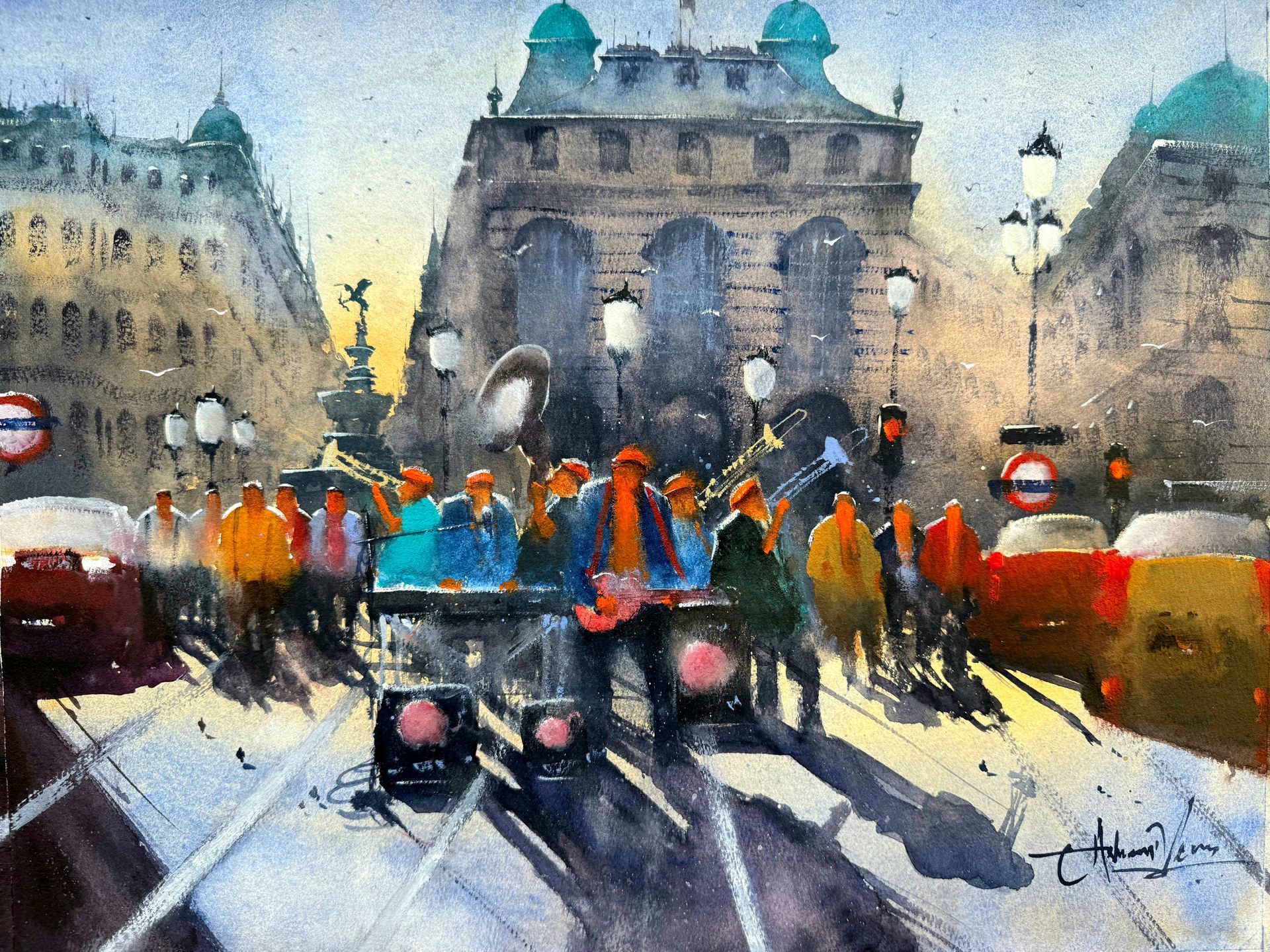
Critics Review: The artist's exceptional talent is evident in their masterful control of watercolour, a medium notorious for its difficulty. The painting demonstrates a sophisticated understanding of light and atmosphere, using the medium's transparency to create a luminous, hazy glow over Piccadilly Circus. This is expertly contrasted with the sharp, dramatic shadows, showcasing a remarkable ability to create depth and a sense of time. The seemingly effortless washes of colour for the background and the energetic brushstrokes for the performers perfectly balance delicate subtlety with bold expression, a clear sign of a highly skilled watercolorist. Furthermore, the artist excels at capturing the emotion and energy of the scene, not just its physical form. The dynamic poses and loose, impressionistic style of the musicians suggest movement and rhythm, as if the music is about to pour from the frame. The artist has a rare gift for distilling the essence of an urban scene—its constant motion and the unexpected joy of a street performance—and conveying it with a powerful sense of atmosphere and narrative. This ability to imbue a painting with such a strong sensory experience is a true testament to their talent. Critics - Grant Milne - Founder of Artist Talk Magazine
